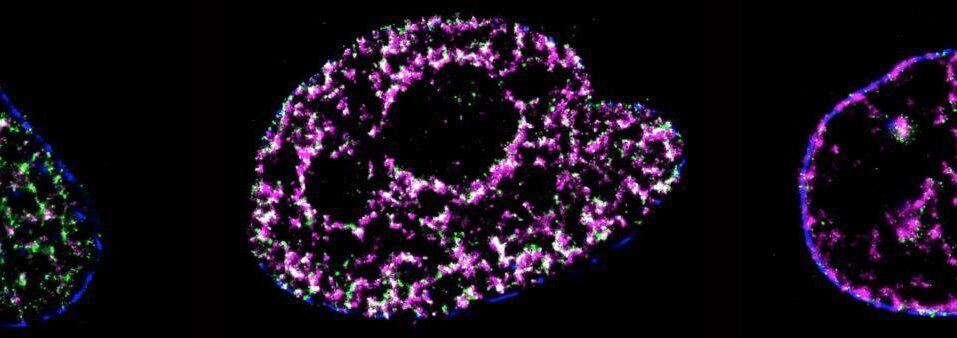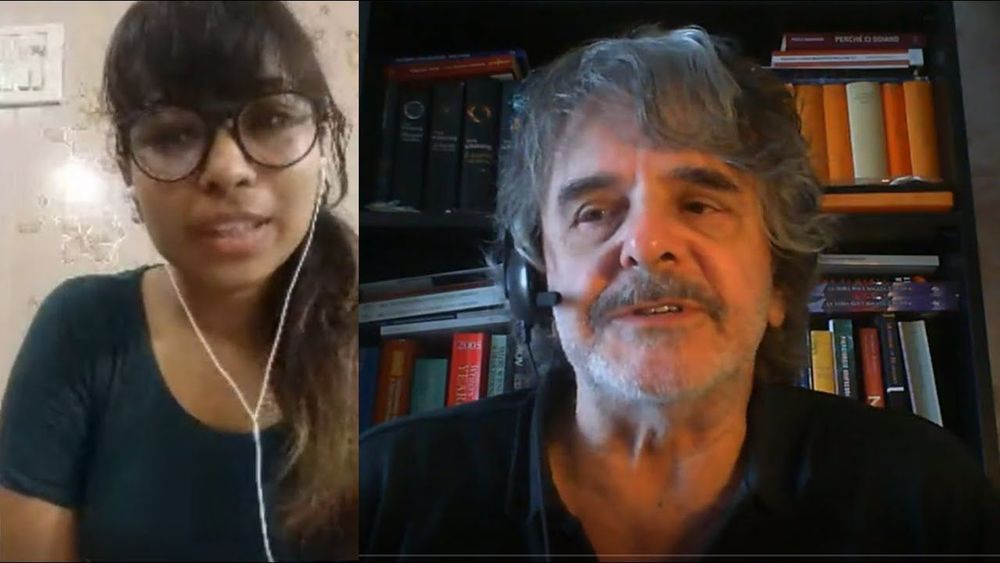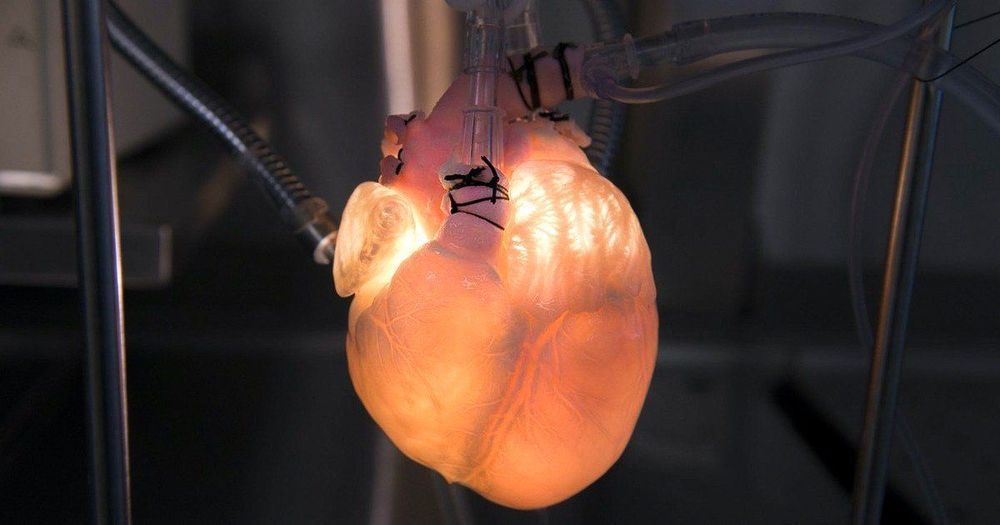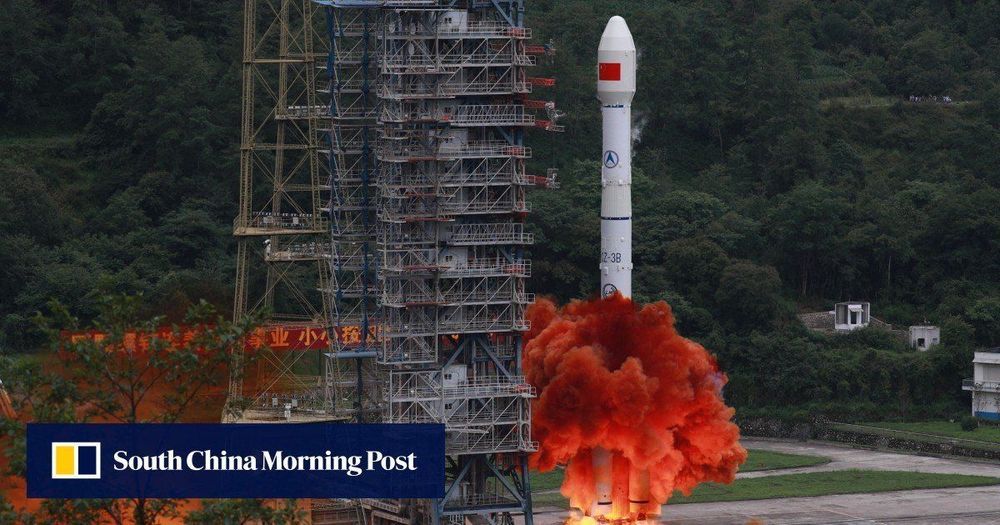DNA replication is a process of critical importance to the cell, and must be coordinated precisely to ensure that genomic information is duplicated once and only once during each cell cycle. Using super-resolution technology a University of Technology Sydney led team has directly visualized the process of DNA replication in single human cells.
This is the first quantitative characterization to date of the spatio-temporal organization, morphology, and in situ epigenetic signatures of individual replication foci (RFi) in single human cells at the nanoscale.
The results of the study, published in PNAS (Proceedings of the National Academy of Sciences) give new insight into a poorly understood area of DNA replication namely how replication origin sites are chosen from thousands of possible sites.









